Lenovo Legion Go S Review
Handheld gaming PCs, such as the Lenovo Legion Go S, have been on the scene for a while, but their surge in popularity in recent years can largely be attributed to the groundbreaking Steam Deck. Since Valve's Linux-based handheld entered the market, major PC manufacturers have been keen to introduce their own versions, with the Legion Go S aligning more closely with the Steam Deck's design philosophy than its predecessor, the original Legion Go.
The Legion Go S adopts a unibody design, moving away from the Switch-inspired removable controllers and the distinctive array of buttons and dials found on the original model. A key development is the upcoming release of a SteamOS version of the Legion Go S later this year, marking it as the first non-Valve handheld to run this operating system natively. However, the model I reviewed operates on Windows 11. Priced at $729, the Legion Go S faces stiff competition among similarly priced Windows 11 handhelds.
Lenovo Legion Go S – Photos
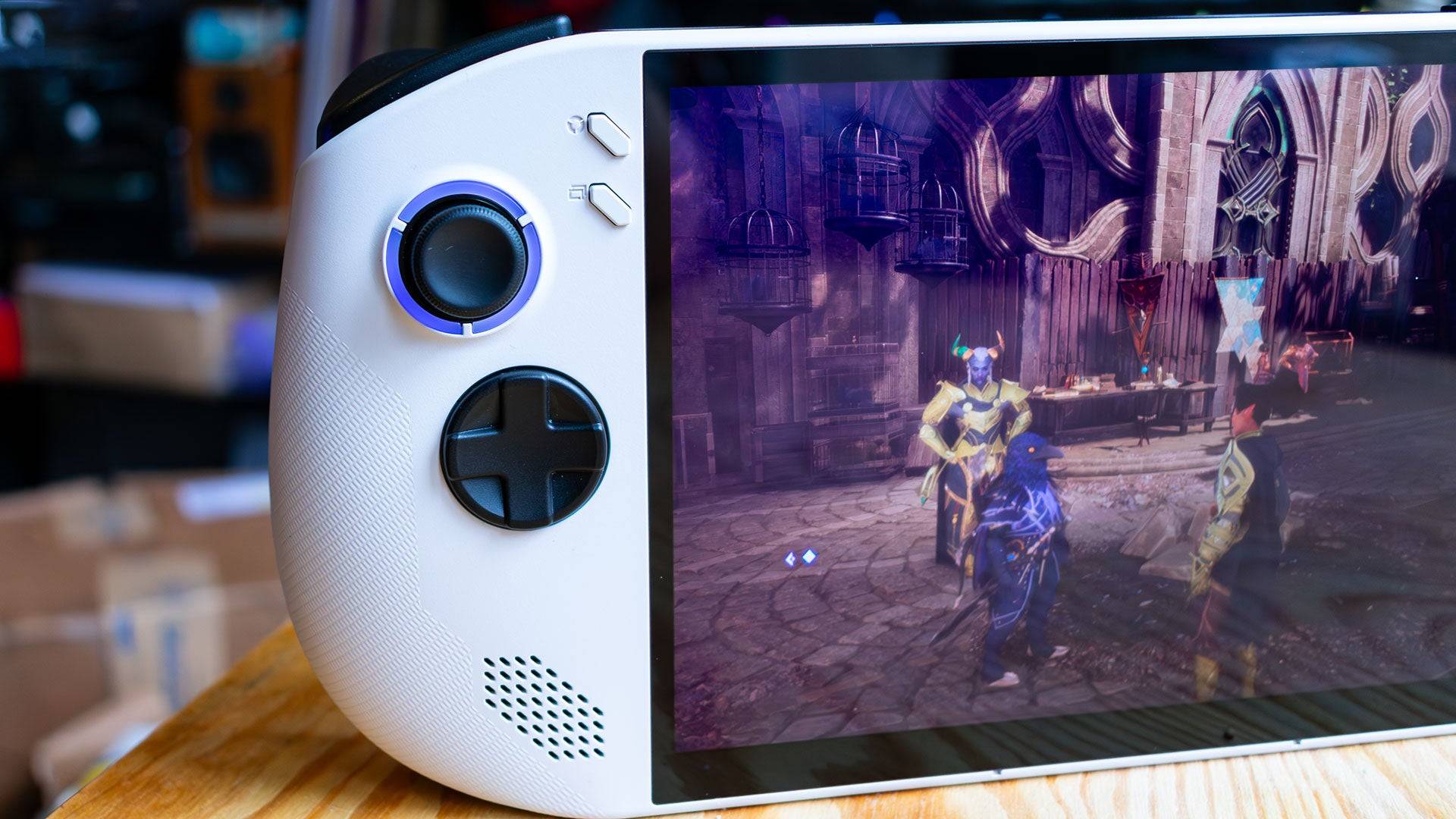
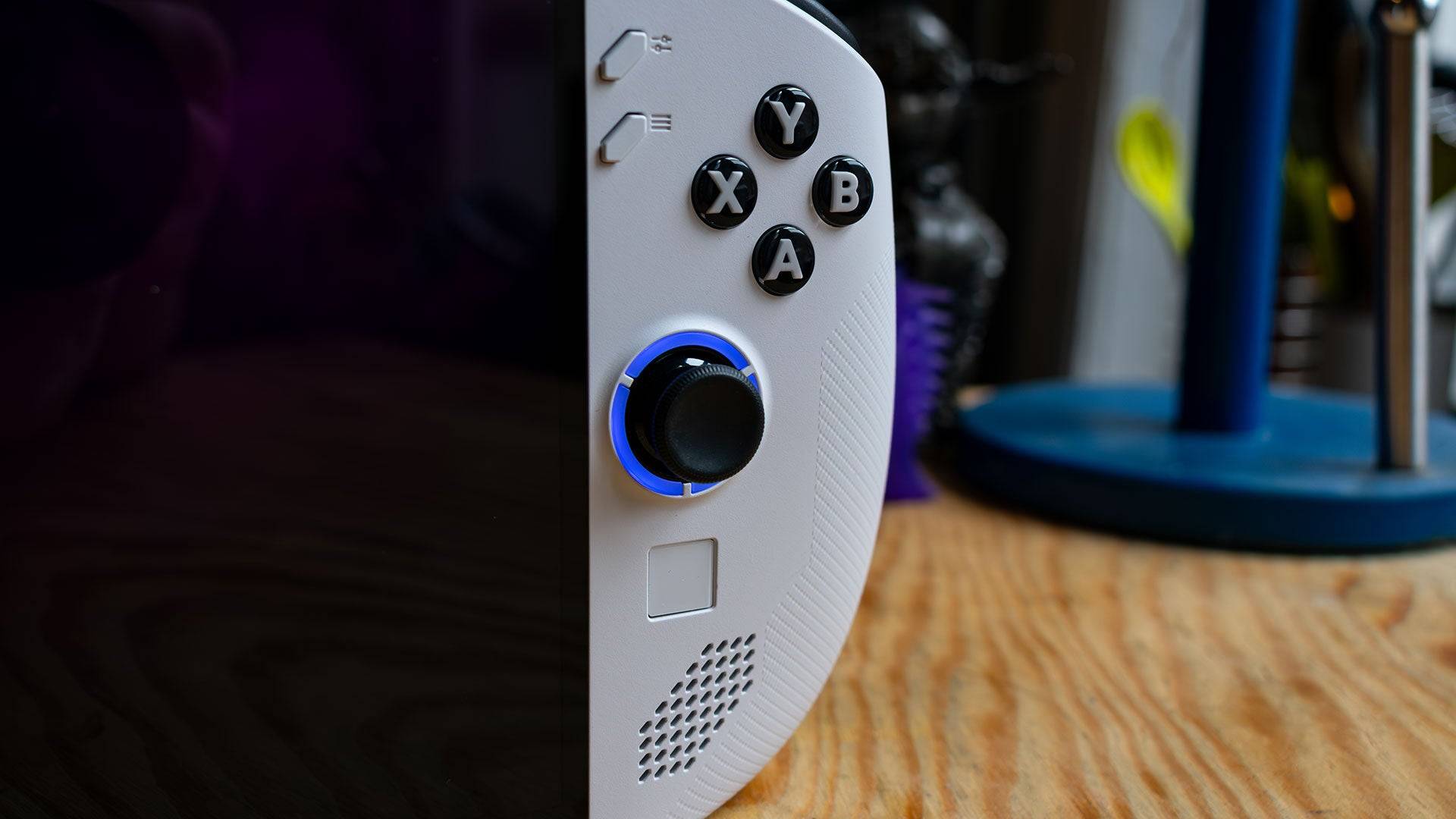 7 Images
7 Images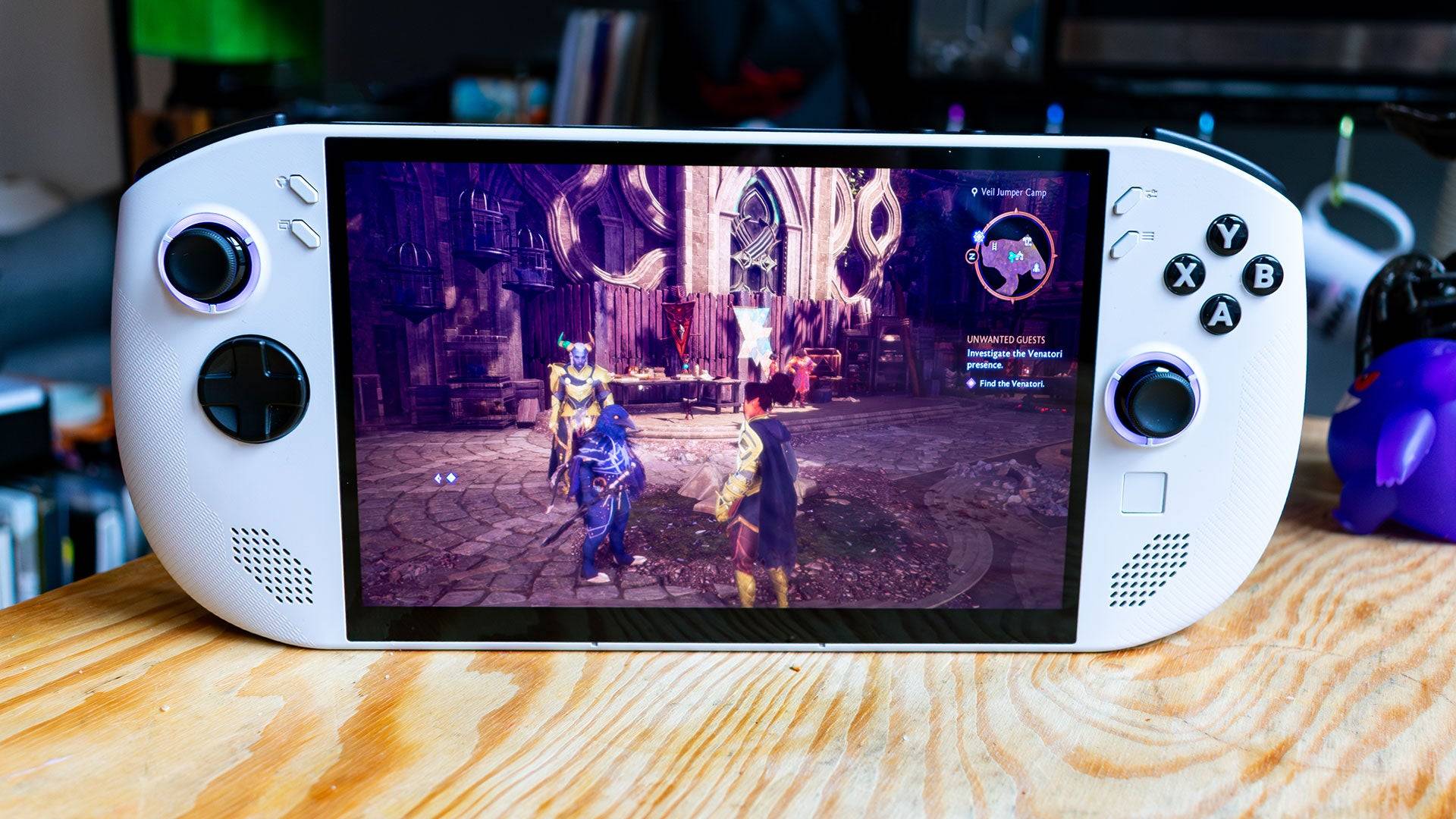


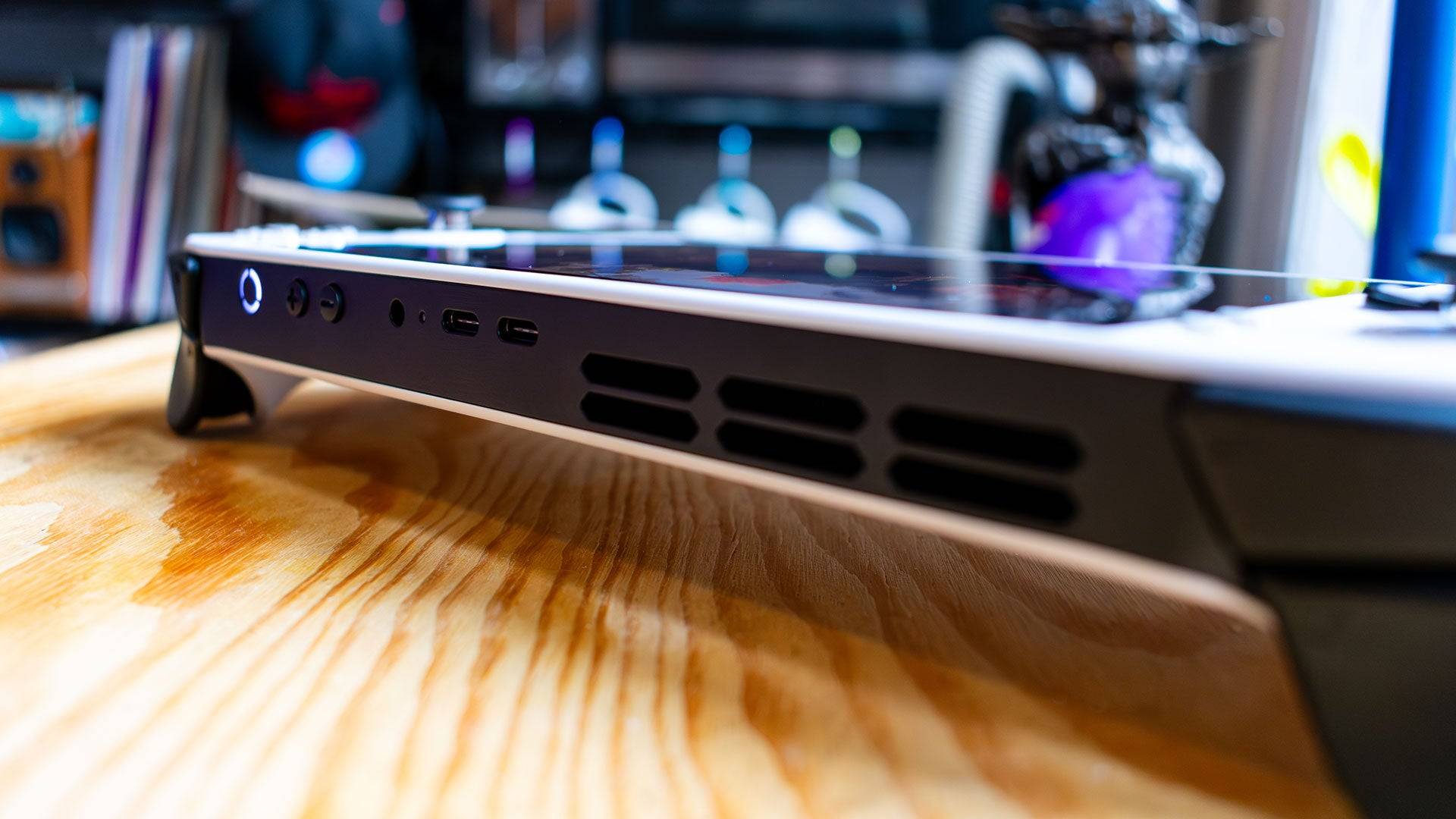 Lenovo Legion Go S – Design
Lenovo Legion Go S – Design
The design of the Lenovo Legion Go S draws inspiration from the Asus ROG Ally rather than its own predecessor, adopting a single-unit form factor. This streamlined approach enhances ease of use, though the rounded edges of the chassis offer exceptional comfort during extended gaming sessions, somewhat compensating for the device's noticeable weight.
Weighing in at 1.61 pounds, the Legion Go S is only slightly lighter than the original Legion Go (1.88 pounds) and heavier than the Asus ROG Ally X (1.49 pounds). This weight, while not excessive, can be felt during prolonged use. However, it comes with the benefit of a large 8-inch, 1200p IPS display, boasting a brightness of 500 nits. The display's quality is exceptional, delivering stunning visuals in games like Dragon Age: The Veilguard and Horizon Forbidden West, rivaling even the Steam Deck OLED.
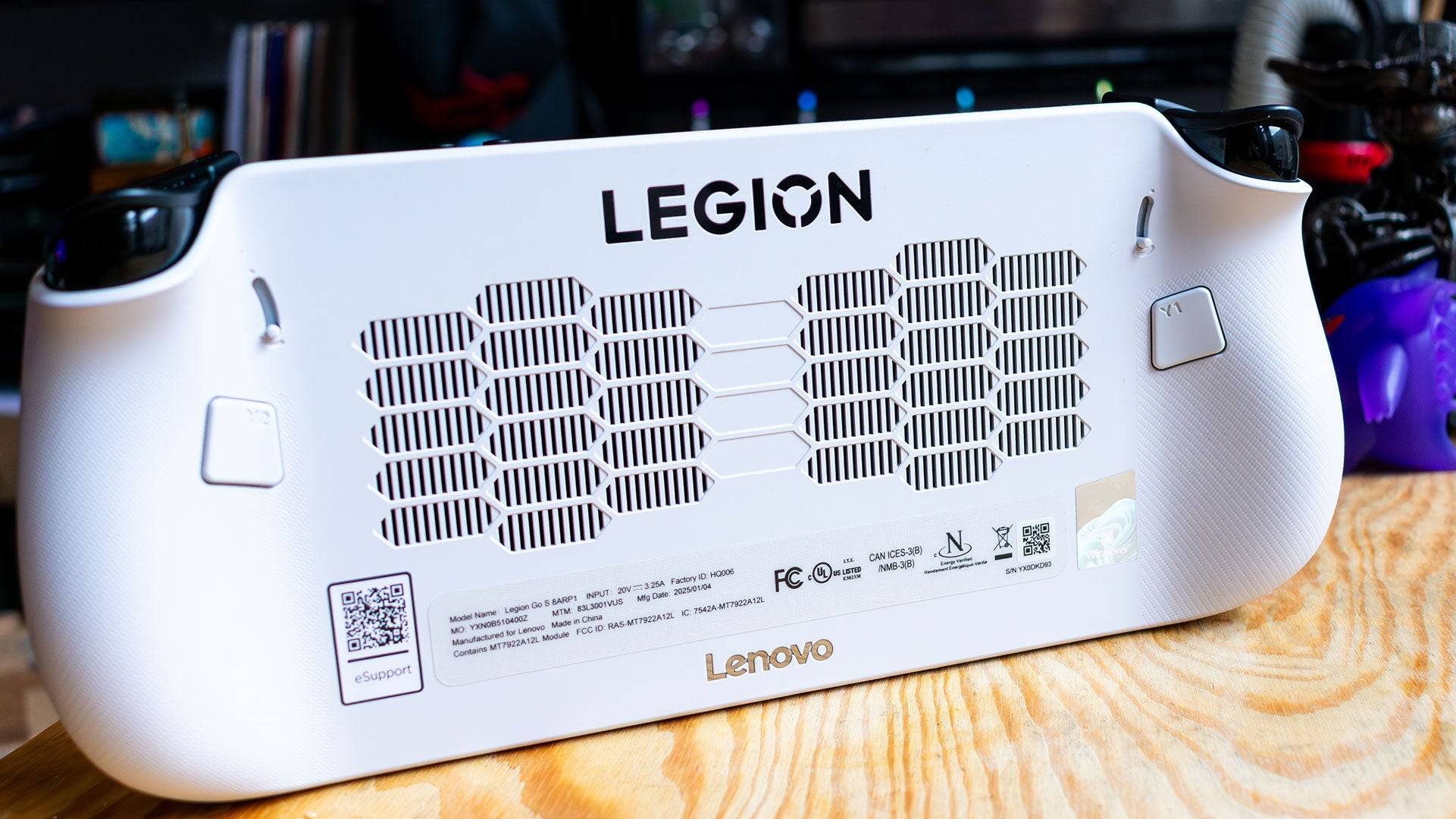
Available in Glacier White and Nebula Nocturne (reserved for the SteamOS version), the Legion Go S features RGB lighting around the joysticks, which can be easily adjusted to suit user preferences. The button layout is more intuitive, with 'Start' and 'Select' buttons positioned on either side of the display, though the placement of Lenovo's menu buttons above them may take some getting used to.
The Legion Go S includes a smaller touchpad compared to its predecessor, which may make navigating Windows more challenging. However, the upcoming SteamOS version promises to alleviate this issue, offering a controller-friendly interface. The device also features programmable 'paddle' buttons on the back, with adjustable trigger travel settings, though more granular adjustments would be welcome.
Connectivity includes two USB 4 ports at the top, with a MicroSD card slot oddly placed on the bottom, which might complicate docking scenarios.
Purchasing Guide
The reviewed Lenovo Legion Go S, available from February 14, is priced at $729.99 and comes equipped with a Z2 Go APU, 32GB of LPDDR5 RAM, and a 1TB SSD. For those seeking a more budget-friendly option, a configuration with 16GB of RAM and a 512GB SSD will be available in May for $599.99.
Lenovo Legion Go S – Performance
The Lenovo Legion Go S is the first handheld gaming PC to feature the AMD Z2 Go APU. While this chip doesn't set new performance benchmarks, it enables the device to handle most games adequately. The Legion Go S's battery life is slightly less than its predecessor, despite a larger battery, due to the less efficient Zen 3 CPU architecture.

In benchmark tests like 3DMark, the Legion Go S lags behind the original Legion Go and the Asus ROG Ally X. However, in actual gameplay, it performs reasonably well, especially when settings are adjusted to medium. It excels in less demanding games like Persona 5, where its vibrant display truly shines.
The Legion Go S's higher price point compared to the original Legion Go, despite its weaker APU and lower resolution display, is justified by its 32GB of LPDDR5 memory and 1TB SSD. Yet, for most users, the upcoming $599 configuration with 16GB of RAM offers a better value, making the Legion Go S a compelling choice for those looking for a portable gaming solution.




























